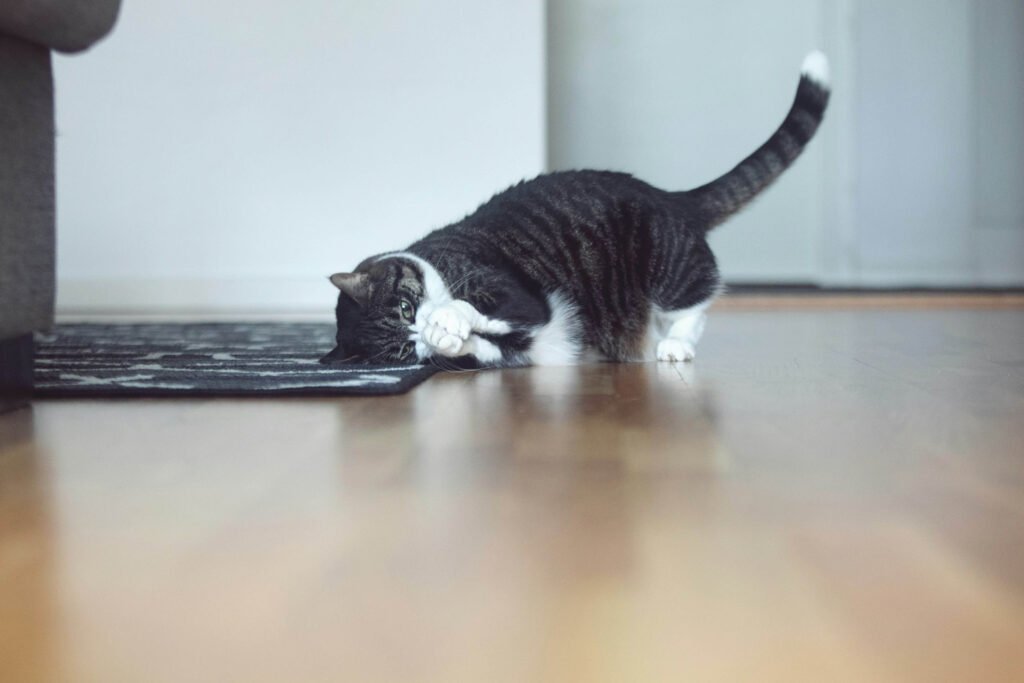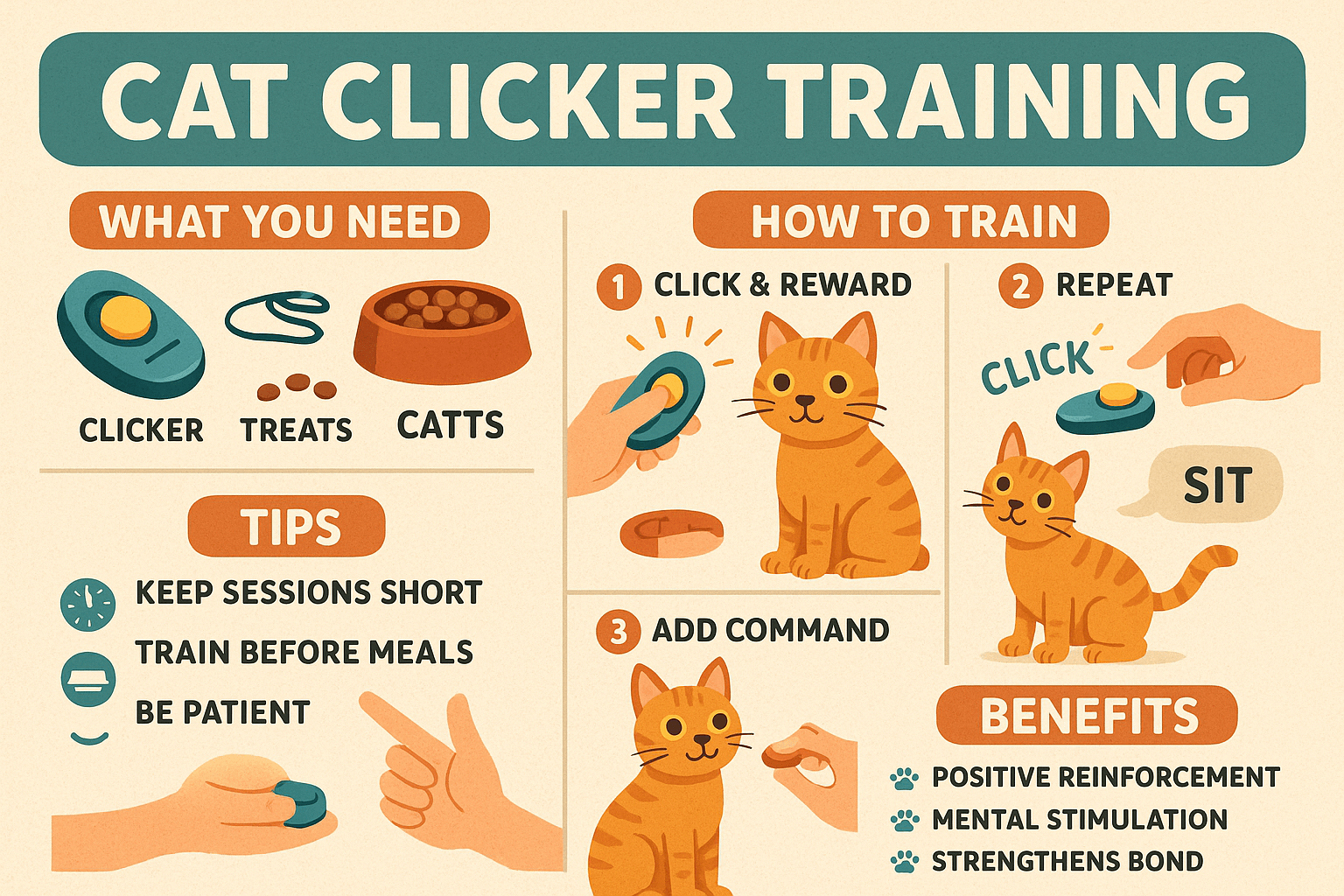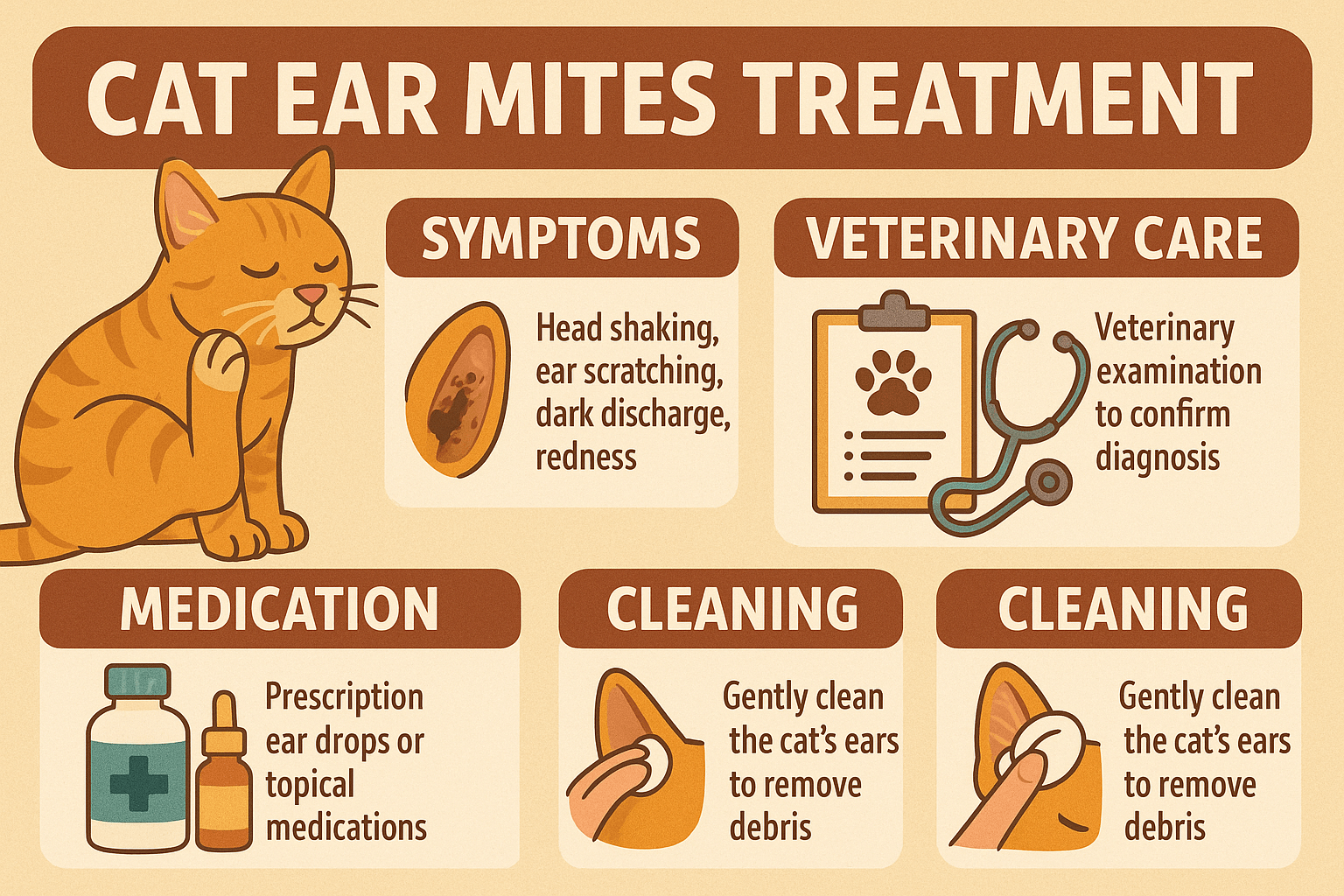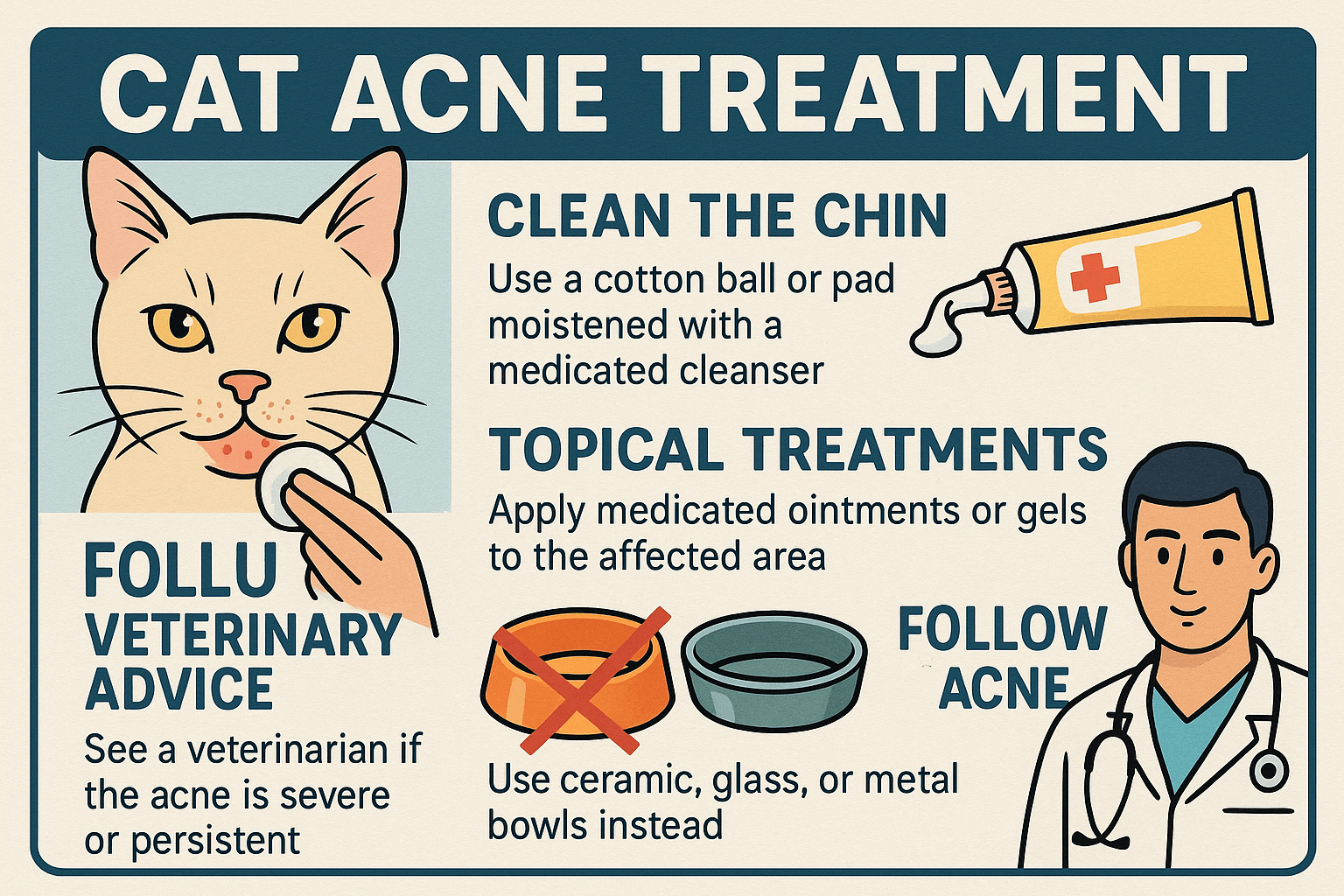Understanding Cat Straining to Pee: What Every Pet Owner Should Know
Cats are known for their independent and mysterious nature, but when it comes to their health, they rely on us to notice the signs. One concerning behavior that pet owners may encounter is a cat straining to pee. This seemingly small issue can actually signal a much larger problem that requires immediate attention. Whether you’re a seasoned cat parent or new to the world of feline companionship, understanding this behavior is crucial for ensuring your furry friend stays happy and healthy. In this blog post, we’ll explore the causes, symptoms, and solutions related to cats struggling to urinate, so you can be prepared to act when it matters most.
Why Is My Cat Straining to Pee? Common Causes
If you’ve noticed your cat struggling to urinate, it’s essential to understand the potential reasons behind this behavior. Cats are delicate creatures, and urinary issues can stem from a variety of factors. Here’s a breakdown of the most common causes:
Urinary Tract Infections (UTIs):
UTIs are not uncommon in cats and can lead to discomfort and difficulty urinating.Bladder Stones:
These mineral formations can obstruct the urinary tract, making it painful for your cat to pee.Feline Lower Urinary Tract Disease (FLUTD):
FLUTD is a broad term for conditions affecting the bladder and urethra, often causing straining.Dehydration:
A lack of proper hydration can lead to concentrated urine, which irritates the bladder.Stress or Anxiety:
Environmental changes or stressors can impact your cat’s urinary health.
Understanding these causes is the first step toward identifying the issue and seeking appropriate care for your feline companion.
Recognizing the Symptoms: Signs Your Cat May Be Struggling
Cats are masters at hiding discomfort, so recognizing the signs of urinary distress is vital. If you suspect your cat is straining to pee, look out for these telltale symptoms:
Frequent Trips to the Litter Box:
Your cat may visit the litter box more often but produce little to no urine.Crying or Vocalizing:
Vocalizations during attempts to urinate can indicate pain or discomfort.Licking Genitals Excessively:
This behavior often signals irritation or an attempt to soothe pain.Blood in Urine:
The presence of blood is a red flag that requires immediate veterinary attention.Accidents Outside the Litter Box:
If your cat starts peeing outside the litter box, it could be a sign of distress.
By staying vigilant and observing your cat’s behavior, you can catch these symptoms early and take action to address the underlying issue.
Check this guide 👉Why Is My Cat Peeing on My Clothes? Best 7 Behavior Tips!
Check this guide 👉Why Is My Male Cat Peeing Blood but Acting Normal? Best 7 Tips
Check this guide 👉How Long Can a Cat Go Without Peeing? Best 7 Health Tips!

Signs of Urinary Issues | Possible Causes |
|---|---|
Frequent trips to the litter box | Urinary Tract Infection (UTI) |
Blood in urine | Bladder stones or FLUTD |
Excessive genital licking | Irritation or infection |
Crying while attempting to urinate | Painful blockage or inflammation |
Accidents outside the litter box | Stress, anxiety, or medical condition |
Preventing Urinary Issues: Tips for a Healthy Cat
Taking proactive steps to prevent urinary issues can save your cat from discomfort and you from worry. Here are some practical tips to keep your feline friend’s urinary health in check:
Provide Fresh Water Daily:
Ensure your cat has access to clean, fresh water to stay hydrated.Offer a Balanced Diet:
High-quality cat food can support urinary health and prevent issues.Encourage Exercise:
Playtime and physical activity help maintain overall health.Reduce Stress:
Create a calm environment to minimize anxiety triggers.Regular Vet Check-Ups:
Routine visits can help catch potential problems early.
By incorporating these habits into your cat’s daily routine, you can significantly reduce the risk of urinary complications.
What to Do If Your Cat Is Straining to Pee: Immediate Actions
If you notice your cat straining to pee, time is of the essence. Here’s what you should do to address the situation promptly:
Contact Your Veterinarian Immediately:
A vet can diagnose the issue and provide treatment options.Monitor Your Cat’s Behavior:
Keep track of symptoms to share with the vet.Keep Them Comfortable:
Provide a quiet space for your cat to rest.Avoid Home Remedies:
Unverified treatments can worsen the condition.Follow Veterinary Advice:
Adhere to prescribed medications or dietary changes.
Acting quickly and responsibly ensures your cat receives the care they need to recover fully.
Environmental Factors Affecting Urinary Health
A cat’s environment plays a significant role in their urinary health. Stress, changes in routine, or even an uncomfortable litter box setup can contribute to issues like straining to pee. Here are some environmental factors to consider:
Litter Box Cleanliness:
Cats are naturally clean animals and may avoid using a dirty litter box.Number of Litter Boxes:
Ideally, you should have one more litter box than the number of cats in your household.Location of Litter Boxes:
Place litter boxes in quiet, accessible areas away from noisy appliances or high-traffic zones.Type of Litter Used:
Some cats are sensitive to certain textures or scents in litter. Experiment to find what they prefer.Changes in the Home Environment:
Moving furniture, new pets, or visitors can stress your cat and impact their urinary health.
By addressing these environmental factors, you can create a supportive space for your cat and reduce the likelihood of urinary issues arising.
Nutritional Considerations for Urinary Health
Diet plays a crucial role in maintaining your cat’s urinary tract health. Certain foods can either prevent or exacerbate urinary problems, so it’s important to make informed choices. Here are some nutritional considerations to keep in mind:
Wet vs. Dry Food:
Wet food contains more moisture, helping to keep your cat hydrated and their urine diluted.Low-Magnesium Diets:
Excess magnesium can contribute to bladder stone formation, so opt for specialized urinary formulas if needed.Avoid Overfeeding:
Obesity can increase the risk of urinary issues, so portion control is essential.Supplement with Water Additives:
Some water additives are designed to encourage hydration and support urinary health.Consult Your Vet for Specialized Diets:
Prescription diets may be necessary for cats with recurring urinary problems.
By prioritizing nutrition tailored to your cat’s needs, you can help them maintain optimal urinary health and prevent complications.
Behavioral Signs Beyond Straining
While straining to pee is a clear sign of potential urinary issues, other behavioral changes can also provide valuable clues. Observing your cat’s overall behavior can help you identify problems early on. Here are some additional signs to watch for:
Changes in Appetite:
A sudden decrease or increase in eating can indicate underlying health concerns.Hiding or Withdrawal:
Cats often hide when they’re feeling unwell or stressed.Aggression or Irritability:
Pain or discomfort can cause normally friendly cats to act out.Overgrooming Specific Areas:
Excessive grooming of the belly or rear end might signal irritation or pain.Restlessness or Pacing:
This behavior can indicate discomfort or an inability to find relief.
Paying attention to these subtle behavioral cues allows you to take swift action and seek veterinary care when necessary.
Frequently Asked Questions About Cats Straining to Pee
Why is my cat straining to pee but producing no urine?
This could indicate a urinary blockage, which is a medical emergency requiring immediate veterinary attention.
Can stress cause urinary issues in cats?
Yes, stress can contribute to conditions like FLUTD, leading to straining and discomfort.
How can I encourage my cat to drink more water?
Try using a cat water fountain or adding wet food to their diet to increase hydration.
Are male cats more prone to urinary blockages?
Yes, male cats have narrower urethras, making them more susceptible to blockages.
What should I do if my cat pees outside the litter box?
Consult your vet to rule out medical issues before addressing behavioral causes.
Conclusion: Prioritizing Your Cat’s Urinary Health
A cat straining to pee is more than just an inconvenience—it’s a signal that something may be wrong. By educating yourself on the causes, symptoms, and preventive measures, you can ensure your feline friend remains healthy and comfortable. Remember, early detection and prompt veterinary care are key to resolving urinary issues effectively. As a responsible pet owner, your vigilance and dedication can make all the difference in your cat’s well-being. Stay observant, stay informed, and give your furry companion the love and care they deserve.
Cat Clicker Training: Best 7 Expert Tips! Discover how to train your cat using clicker techniques, improve behavior, and strengthen your bond with simple, effective strategies.
Lorem ipsum dolor sit amet, consectetur adipiscing elit. Ut elit tellus, luctus nec ullamcorper mattis, pulvinar dapibus leo.
Cat Ear Mites Treatment: Best 7 Expert Tips! Discover effective solutions to treat and prevent ear mites in cats, ensuring your pet's comfort and health with expert advice.
Cat Acne Treatment: Best 7 Expert Tips! Discover effective remedies, prevention strategies, and expert advice to treat and manage feline acne for a healthier, happier cat.




